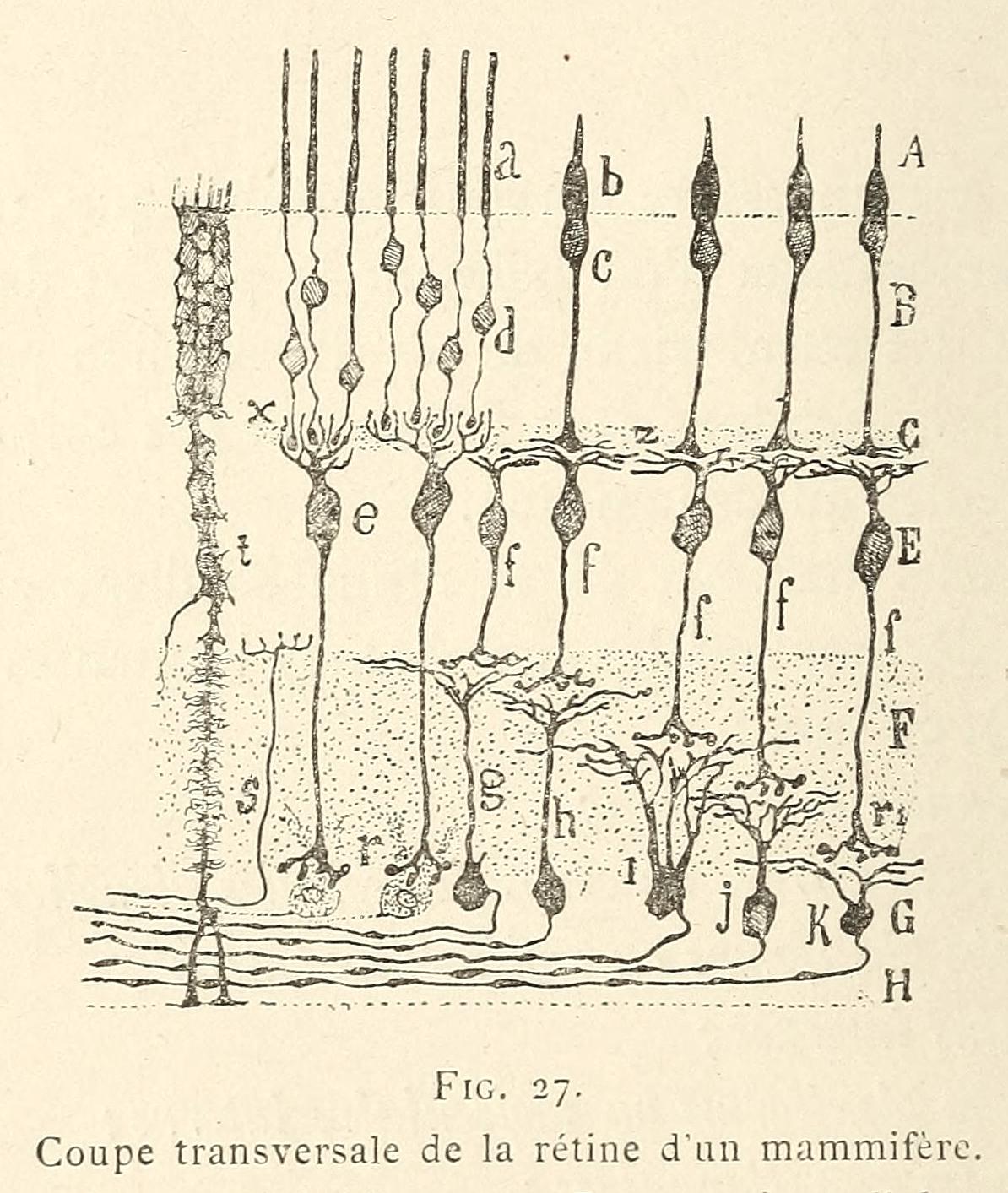“The brain is the organ of destiny,” Dr. Wilder Penfield, renowned Canadian neurosurgeon-neuroscientist, once said.
My brain seems to agree.
This delicate, three-pound lump of fat, tissue, and chemicals has woven within itself an intricate web of some 86 billion neurons, all working together in a sophisticated harmony to enable thought, speech, and motion. To produce love, hate, and indifference. To bring forth calculus, to churn out poetry. To enable me writing about it enabling me writing about it enabling me writing about —
It is remarkable. It is an entire universe! As Dr. Penfield goes on to say, “It holds within its humming mechanism secrets that will determine the future of the human race.”
Having studied the brain for a few years now, I am still waiting for it to reveal these grand secrets to me. But in the meantime, I would like to share some of my favourite ideas about the brain, and how they might parallel our reality…
Consider the synapse. When two neurons begin to communicate, their arms link and form a tiny bridge between each other — this microscopic gap is called a synapse. It is important to acknowledge that the neurons do not directly stick onto each other and become one (you would not want to be so consumed in your interactions with others that you lose yourself in the process, would you?), but they do get really, really, really close. Sometimes two nanometres close. And then they communicate.
Over time, as they converse through their electrical messages and share whispers in the language of neurotransmitters — like dopamine and serotonin and hundreds of others — some connections get stronger while others stay as they are. But what is important here is that this communication is a two-way street. The moment one neuron stops sending as many signals, the other neuron adapts accordingly; it might weaken some bridges, it might close some of its gates. And if one stops sending signals entirely, the other has no problem retracting its little tendrils, breaking all ties. When this happens, the neurons go their separate ways. Sometimes, it was because a neuron died. Sometimes, there was simply no benefit in maintaining that relationship.
And this leads me to the concept of synaptic pruning: the elimination of inactive and suboptimal synapses. It happens far more than you might expect. In fact, it is on the order of trillions (rookie numbers for the brain, really). Throughout most of your childhood and teen years, your brain slowly learns which of your trillions of connections are important and which it ought to let go. This process usually tapers off significantly by the late twenties. I often wonder how long it will take me to finally learn which connections are important, and which are better left severed.
But where there is an ebb, there is a flow — which brings me to my second point: the brain is also highly neuroplastic. This means that many neurons are always ready to build new connections. They change and adapt as experience moulds them. Like the willow tree bending to the winds, like the water sloshing in its infinite shapes.
And this brings me comfort. I like knowing there are these labyrinths of threads in our heads that weave and are woven by everything we experience; and as they say, everything affects everything. Maybe one day you plant the smallest seed in yourself that forms just one new synapse. But could an entire world not sprout from that one connection? From that one change? Just as the journey of a thousand miles begins with one step, so must the journey of a thousand neurons begin with one spark. And that could be from something as small as deciding to smile at a stranger. From something as tiny as a flicker of hope.
Of course, there is so much more to say. We are talking about the most complex known structure in the observable universe. But before I can claim to do justice to its humming secrets, I suspect I will need a few more decades of study.
In the meantime, I think I will be more mindful of the connections I make, learn to accept when it is time to let some go, and embrace the fact that every experience in life is a potential catalyst for change — including my experience of me writing this right now. Or your experience of you reading this. You who, in reading these particular words, have chosen to sculpt your synapses through this particular medium at this particular time.
In light of this sculpting, I would like to end with one of my favourite poems by Emily Dickinson, so that your synapses might find better words to buzz about:
The Brain — is wider than the Sky —
For — put them side by side —
The one the other will contain
With ease — and you — beside —
The Brain is deeper than the sea —
For — hold them — Blue to Blue —
The one the other will absorb —
As sponges — Buckets — do —
The Brain is just the weight of God —
For — Heft them — Pound for Pound —
And they will differ — if they do —
As Syllable from Sound —


